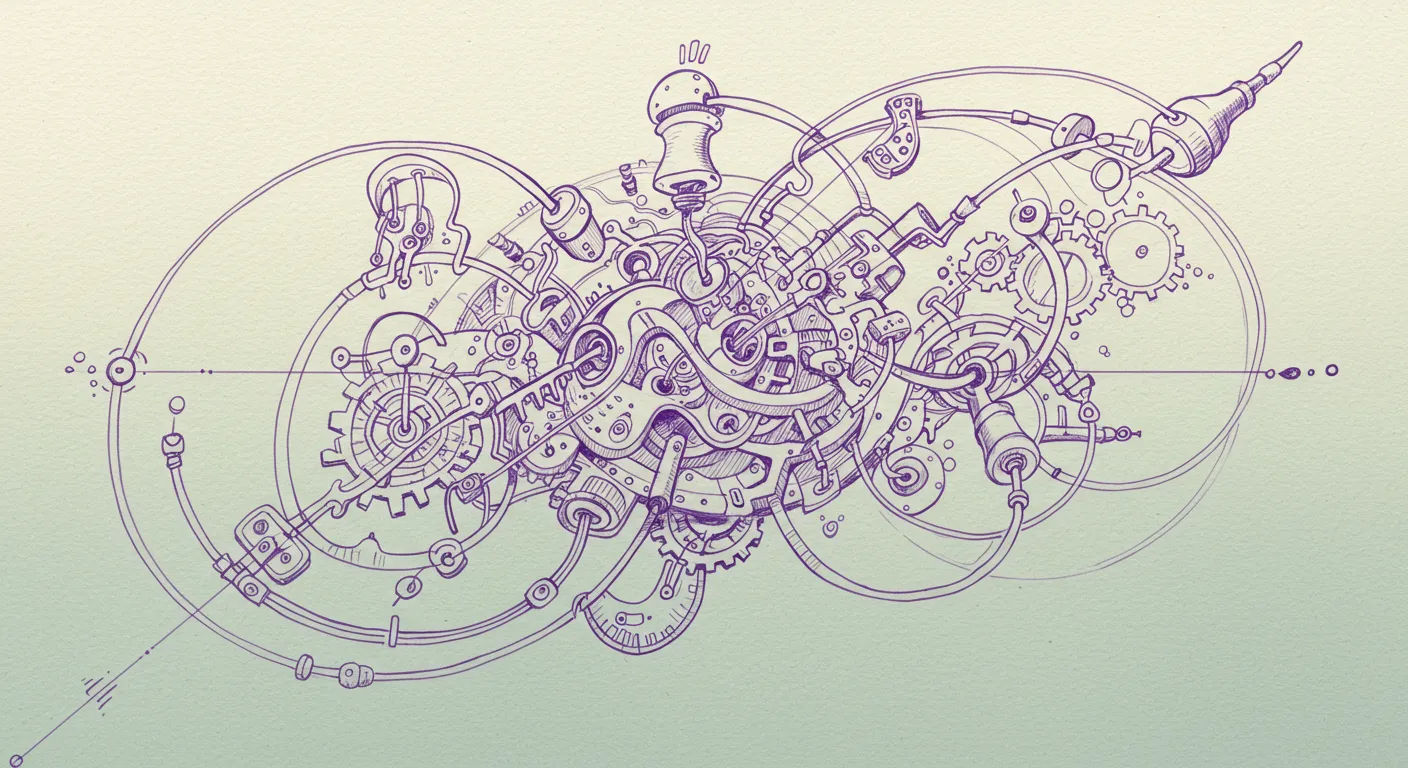The story of rebuilding a childhood dream computer is a narrative that resonates deeply with tech enthusiasts who came of age during the wild west of personal computing. Online commentators chimed in with their own memories, painting a vivid picture of an era when building a PC was part engineering, part art form, and entirely personal.
The IBM PS/1, a machine that once represented the cutting edge of home computing, emerges as a nostalgic centerpiece. Unlike today's relatively standardized computers, machines of this era were a playground of possibility. Expansion cards for sound, video, and networking were not just accessories but essential components that defined a computer's personality. As one commentator noted, building a PC was like "LEGO for Adults" - a creative endeavor that allowed unprecedented customization.
The technical constraints of the time created a unique ecosystem of innovation. Processors from manufacturers like Cyrix competed with Intel, sound cards were a critical upgrade, and gamers would meticulously optimize their systems for maximum performance. The conversations reveal a passionate community that saw computers not as consumer products, but as personal projects to be lovingly assembled and continuously improved.
Interestingly, the nostalgia isn't just about the hardware. It's about the experience of discovery, the thrill of understanding how these machines worked, and the sense of accomplishment that came from getting everything just right. Modern computing, with its plug-and-play simplicity, has lost some of that magic.
For many, these memories are more than just technical reminiscences. They're touchstones of personal history - moments when technology first opened up new worlds of possibility. Whether it was playing Doom, tinkering with DOS, or dreaming of the next upgrade, these machines were more than just tools - they were portals to imagination.


